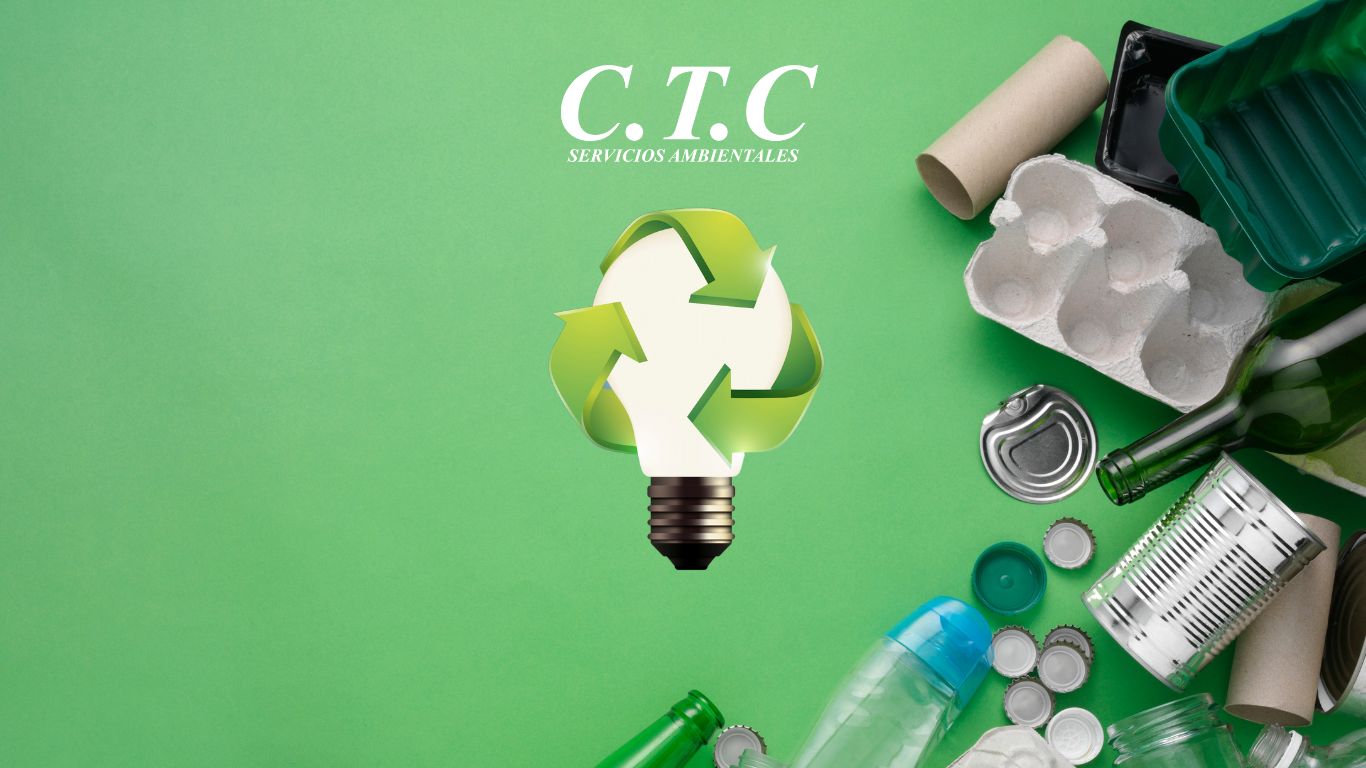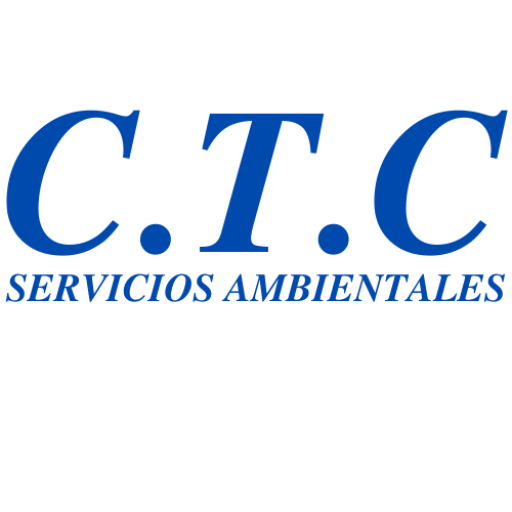Recycling is one of the most recommended practices for conserving natural resources and reducing pollution. However, there’s a persistent belief that recycling uses more energy than producing new products from raw materials. This myth discourages many people from recycling, as they think they aren’t making a significant contribution to the environment. But how true is this? Let’s debunk this idea and uncover the truth behind recycling and its energy impact.
Recycling: A Significant Energy Saver
The most common argument among those who support this myth is that recycling involves a long and costly process in terms of energy. However, the reality is quite different. Recycling materials like aluminum, paper, glass, and plastic is considerably more energy-efficient than producing these same materials from scratch.
For example:
- Recycling aluminum saves up to 95% of energy compared to producing it from bauxite, aluminum’s raw material. This means that for every ton of recycled aluminum, we avoid the extraction and processing of large amounts of resources, resulting in a significant reduction in energy consumption.
- In the case of paper, recycling reduces energy use by between 40% and 70% compared to manufacturing new paper. Moreover, for every ton of recycled paper, up to 17 trees are saved, which play a vital role in absorbing CO2.
- Recycled glass is also a clear example: it saves up to 30% of energy in its reprocessing compared to producing new glass.
Why Recycling Uses Less Energy
To better understand why recycling is more energy-efficient, it’s helpful to consider the processes involved in producing raw materials. Producing new products from scratch requires the extraction of natural resources (mining, logging, oil drilling), their processing (which may include metal smelting or oil refining), and transportation to factories. All these steps require massive amounts of energy.
On the other hand, recycling involves simply processing existing materials. This additional step in the product lifecycle saves the costly and exhaustive process of extracting, refining, and transporting raw materials. Instead of discarding materials and starting from scratch, recycling allows us to reuse them, reducing both energy consumption and environmental impact.
The Environmental Impact of Producing Materials from Scratch
In addition to energy consumption, producing new materials comes at a high cost in terms of pollution and greenhouse gas emissions. Mining and logging not only consume enormous amounts of energy but also cause ecosystem degradation, deforestation, and biodiversity loss.
Furthermore, the industrial processes needed to produce new products often generate hazardous waste and CO2 emissions. Recycling materials directly contributes to the reduction of these emissions, as it avoids the most polluting stages of the production chain.
CTC Environmental Services: Leaders in Efficient Recycling
At CTC Environmental Services, we specialize in offering recycling solutions that not only promote energy savings but also aim to optimize resources and reduce environmental impact. Our services are designed to help businesses and communities manage their waste effectively, maximizing recycling opportunities and contributing to a more sustainable future.
Moreover, at CTC, we advocate for a circular economy, where waste is transformed into new resources, avoiding the unnecessary use of raw materials and reducing energy consumption in the process.
Conclusion: Recycling, Saves Energy, Resources, and Protects the Planet
Far from being an activity that consumes more energy, recycling is a practice that allows us to save energy resources, reduce pollution, and protect the environment. Debunking the myth that recycling uses more energy is crucial to increasing participation in recycling processes from both individuals and businesses.
At CTC Environmental Services, we encourage you to learn more about how you can contribute through responsible and efficient recycling. Recycling is not only good for the planet, it’s the smartest choice to optimize resource use.


